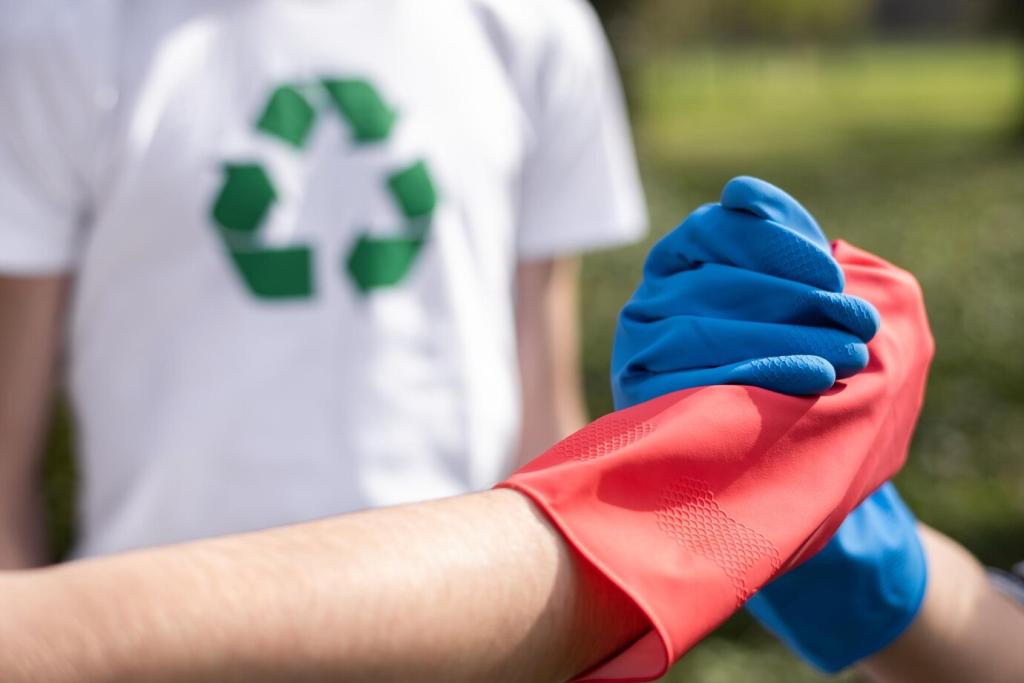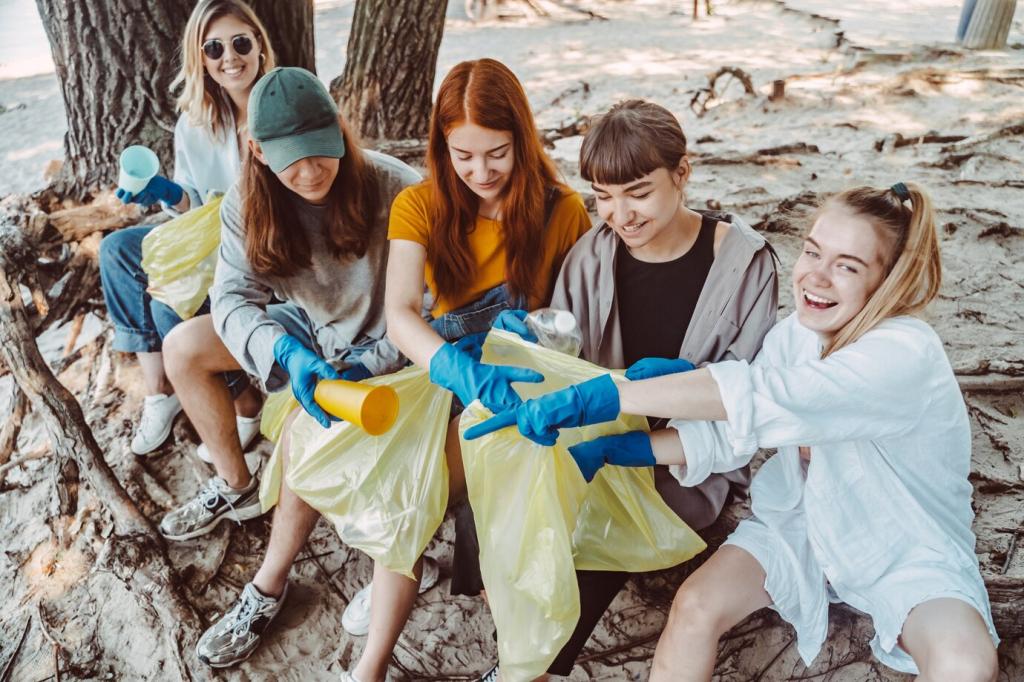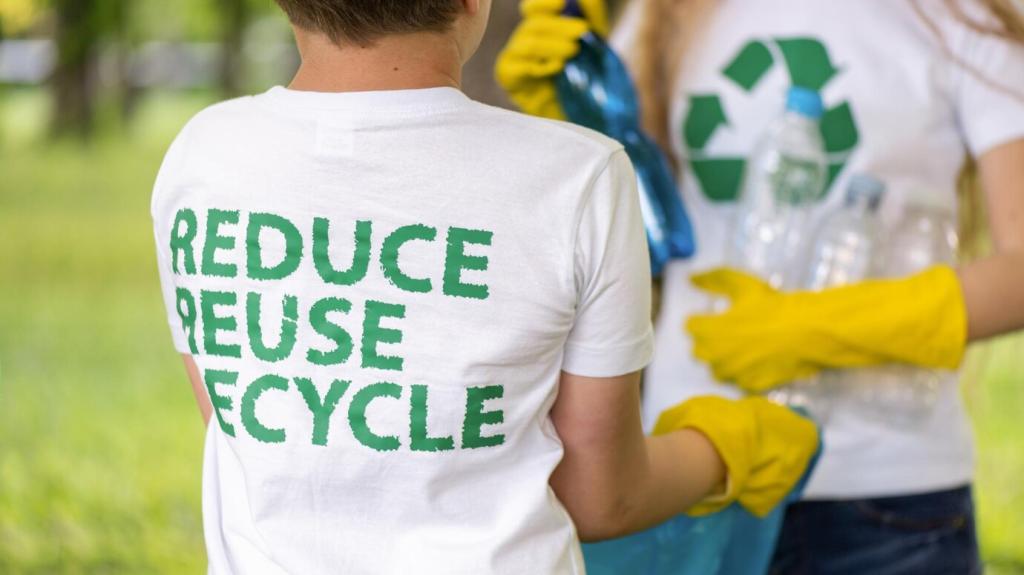Leather Love: Nourish, Don’t Strip
Mix 1 cup distilled water with 1⁄2 teaspoon unscented castile soap. Dampen a cloth, wring thoroughly, then wipe seams and panels. Follow with a dry cloth. Avoid soaking and always test. Share your first clean-and-buff impressions—you’ll likely see a quiet, healthy sheen.
Leather Love: Nourish, Don’t Strip
Melt 1 teaspoon beeswax with 1 tablespoon jojoba and 1 teaspoon cocoa butter. Cool, then massage a thin film into leather. Buff after ten minutes. Skip suede and nubuck. Tell us how your vintage bag handles looked after their spa day.
Leather Love: Nourish, Don’t Strip
Blot fresh ink with a barely damp cloth and patience. For older marks, a fingertip of glycerin can lift pigment gradually. Always test and accept that some stains become character. We’d love to hear your leather’s best comeback story in the comments.
Leather Love: Nourish, Don’t Strip
Lorem ipsum dolor sit amet, consectetur adipiscing elit. Ut elit tellus, luctus nec ullamcorper mattis, pulvinar dapibus leo.





